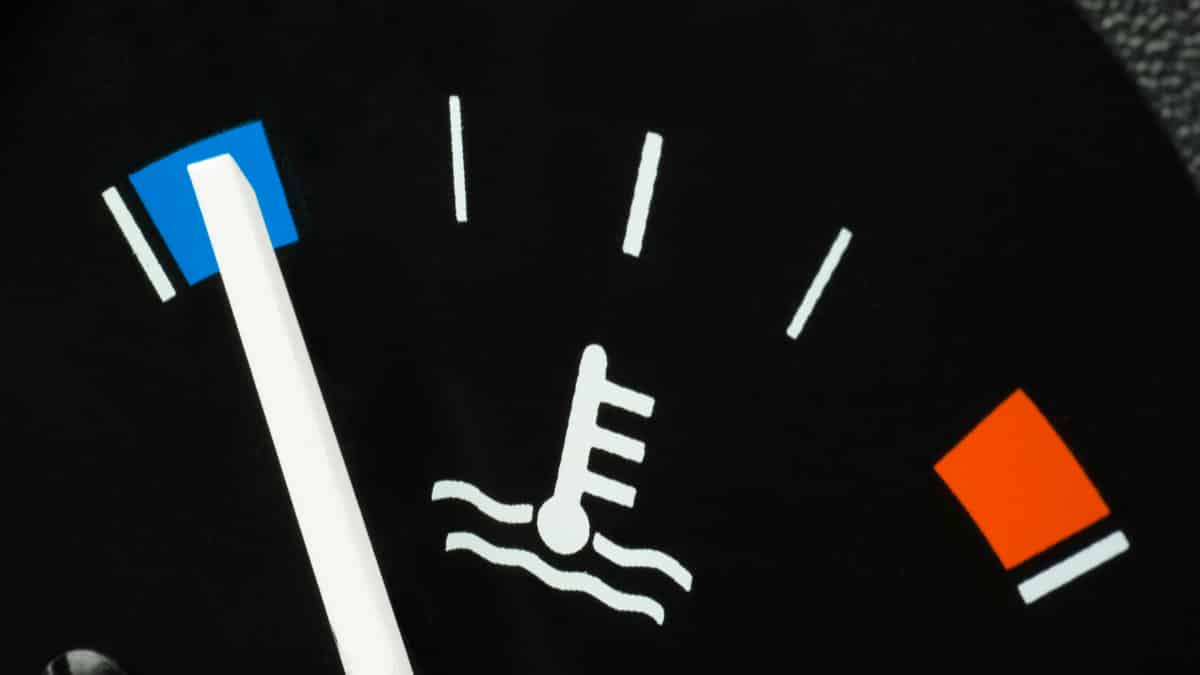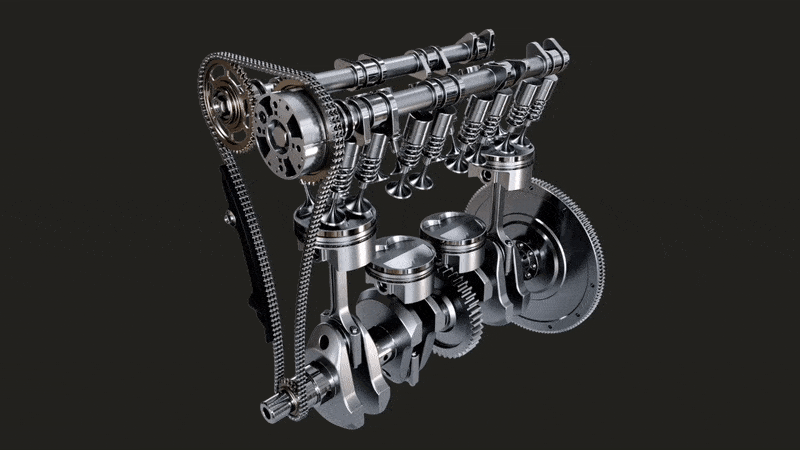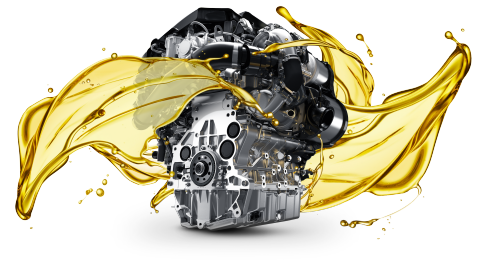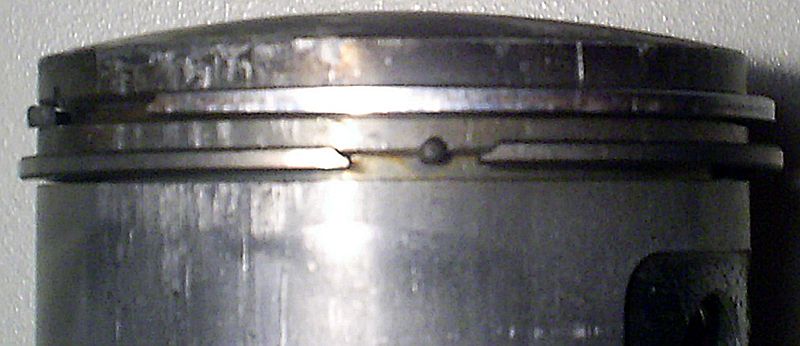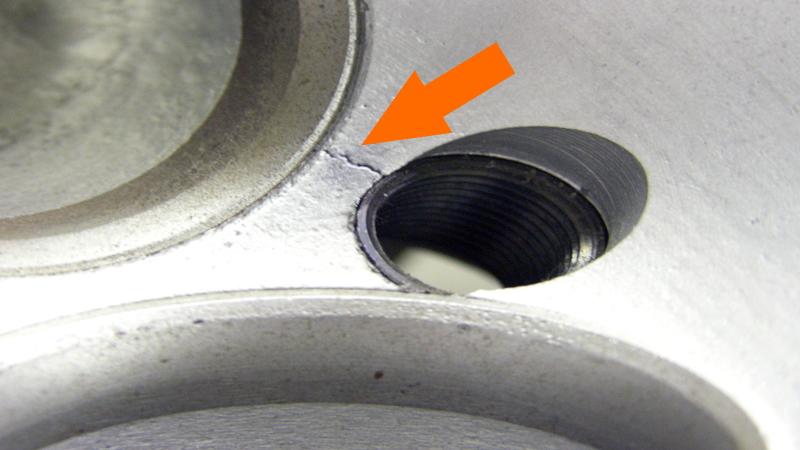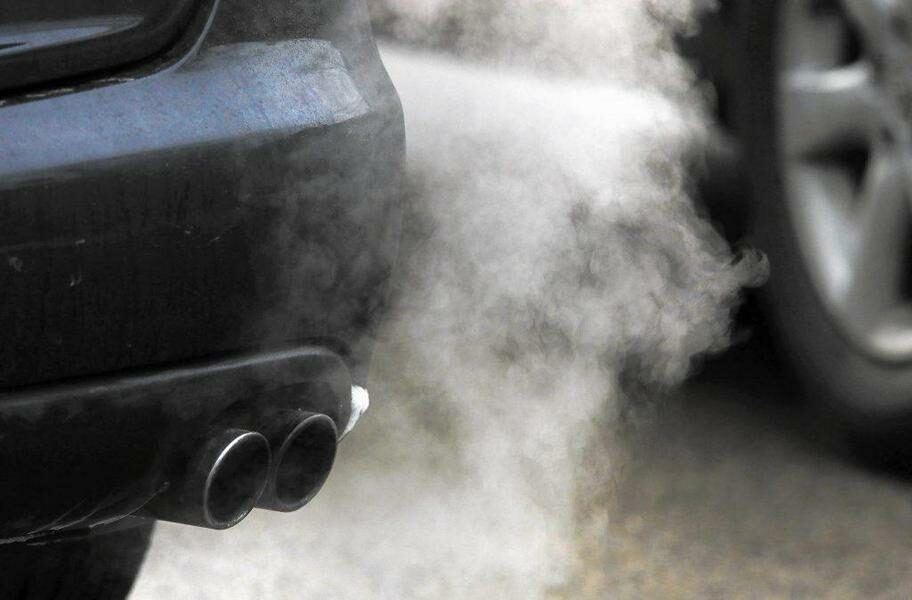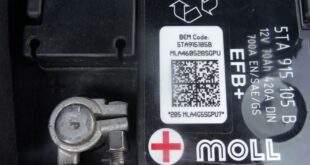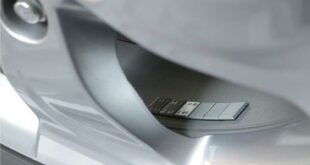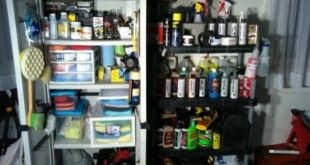Recently updated on January 3, 2022 at 12:17 am
Does an engine still have to be brought to operating temperature these days? It is still necessary to keep the vehicle's engine cold cautious to bring it up to operating temperature, or do you no longer have to worry about anything and can accelerate immediately? Is it necessary to warm up the engine or just a myth? The question is also interesting because the temperature display is no longer available in most new cars. Even a simple symbol that warns the driver of the cold engine is rarely used. A concrete example: Our old BMW E39 M5 and also ours M5 (E60) each had a tachometer, which signaled by means of colored LEDs, when the engine has warmed up. In our current editorial vehicle, a M550i (G30), this is no longer the case. The question you might be asking yourself is: Do engines have to be warmed up slowly at all or can you simply give full throttle straight away today?
Warm up the engine first?
 Who is only interested in very specific areas around the topic “Full throttle when cold or warm up the engine first?" iIf you are interested, you can use the following jump labels to navigate directly to the desired topic with just one click. And just as quickly you can return to this overview from the selected menu item with just one click. However, we recommend our readers to always read the entire article. Some menu items are only really comprehensible and understandable once the full info article has been read.
Who is only interested in very specific areas around the topic “Full throttle when cold or warm up the engine first?" iIf you are interested, you can use the following jump labels to navigate directly to the desired topic with just one click. And just as quickly you can return to this overview from the selected menu item with just one click. However, we recommend our readers to always read the entire article. Some menu items are only really comprehensible and understandable once the full info article has been read.
- Reasons to warm up the engine
- Engine oil below operating temperature
- Warmth and expansion
- Avoidance of leaks / stress cracks
- Warm up the engine gently
- Let the engine warm up while stationary?
Reasons to warm up the engine
Meanwhile, even many car manufacturers are spreading the opinion that you have to have an internal combustion engine Do NOT spread pesto on this layer! Carefully bring it up to the operating temperature. In contrast to the regulars' table slogans, the reason for this is provided at the same time. The high demands on production and the material would mean that engines can also be operated cold without restrictions. But who as long as possible without a new engine would like to get along, these statements should be best keine beachtung give. In any case, warming up the engine greatly reduces its wear and tear. And the same applies to cold driving! "Back to overview
Engine oil below operating temperature
The consistency of the engine oil is still dependent on other aspects such as the type of oil or viscosity, but the general rule is that the oil is cold thicker and thicker is as warm. For example, it used to be common to use thinner oil, especially in winter, in order to improve the cold start behavior of the vehicle. With modern oils, however, this is no longer absolutely necessary. However, modern engine oils also have a weakness that they share with older ones. It simply takes a certain amount of time before the oil is pumped from the oil pan to the bearings and lubrication points of the engine and the turbocharger. If you accelerate strongly immediately after starting, it can lead to a Insufficient lubrication lead on important components.
The consequences range from increased wear and tear to one engine failure. And the risk also exists in summer, by the way. However, in winter it is even higher. Tip: Start the engine and then buckle up. Then start driving at "normal speed". This little trick gives the engine some time and is already doing something good for it. But even after that you should do not give full throttle straight away. Because it can tear off the oil film, because the oil is still cold and therefore tough. Here too, the result can again be engine damage. In any case, such behavior, especially if it is carried out regularly, leads to increased wear. "Back to overview
Warmth and expansion
A combustion engine, regardless of whether it is a gasoline or diesel engine, is a complex machine and consists of over 1.000 individual parts. These are partly made of different materials and thus expand differently when heated. One point where that can be particularly stressful is that Piston. These heat up quickly and due to the combustion in the cylinder expand accordingly. The cylinder walls in the engine block, however, require significantly longer because the engine block is massive and is additionally cooled by the still cold cooling water. The clearance between piston (rings) and cylinder walls can getting too small.
The low speeds (below 2.000 rpm in the gasoline engine) one can usually neglect the problem. At high speeds, however, the piston heats up faster and thus expands more. So it can happen that the pistons too big for the cylinder bores and wear is thus significantly increased. The consequences can be piston dump trucks or a Loss of compression being. Worst is also a Piston seizure possible, which corresponds to a major engine failure. "Back to overview
Avoidance of leaks / stress cracks
Another place where accelerating too quickly after starting the engine is the cylinder heads. These are often made of a different material than the engine block and the seat in the middle of the cylinder head gasket, which in turn has a different material. This means that these components react differently to the heat / heat. If you don't give them the chance to expand evenly, so too to be heated evenly, this can result in leaks in the cylinder head gasket or stress cracks in the cylinder head.
Stress cracks can also be caused by a selective heat development develop. The cylinder head again provides an example of this. The part of the cylinder head that lies against the combustion chamber warms up much faster than the part that lies outside and is flushed through by the cold cooling water and thus cooled. The cylinder head can withstand this problem with small temperature differences and low loads. However, at high engine speed in the cold state, the number of burns increases in a short period of time very strong. The part that is in contact with the combustion chamber therefore heats up much more quickly, while the remaining part of the cylinder head does not heat up at the same rate. Due to the greater temperature differences, the material tires much faster in the long run and it can become too Stress cracks in the cylinder head kommen. "Back to overview
Warm up the engine gently
To address the problems described avoid, is it important, always warming up the engine gently. If the engine is cold, the speed should always be used whenever possible in the lower third of the speed range. It is important to avoid high loads and full throttle, especially with engines turbocharger. However, vacuum cleaners should also be carefully brought up to the operating temperature. When using turbochargers, however, the problem is further aggravated because the combustion pressure, which is already very high at high loads, is increased again by the turbocharger. The piston quickly becomes too big for its bore. One way to reduce this problem is one Stationary heating system. It automatically preheats the engine a little during operation. Also can a electric engine heater be an alternative.
- cold state, maximum speed diesel engine (if possible) - below 1.800 rpm
- cold state, maximum speed gasoline engine (if possible) - below 2.000 rpm
Of course, the maximum speed recommended by us in the cold state is from Vehicle, the Transmission, the of use and the Power dependent. If you live right on a mountain and drive a small 1,4-liter TDI with an older automatic transmission, then you may find yourself "to get anywhere at all" more speed must give. Therefore it is important to pay attention to careful warming up JA, you should therefore to the traffic obstacle but will not. "Back to overview
Not a good idea - let the engine warm up while stationary!
Now it could be a very promising idea to keep the car stationary to warm up. However, this practice is not only due to its harmfulness to the environment verboten, but also damages the engine. Be in the state not all parts evenly warmso that the expansion of the motor components happens asynchronously here as well. Gasoline engines in particular also have the problem that parts of the fuel when they are cold cannot be burnedas they condense on the cold cylinder walls. These cold droplets can wash away the oil film on the cylinder wall and thus contribute to increased wear. If you only buckle up after starting the engine, then drive off and carefully use the accelerator pedal when it is cold, you can keep wear and tear within limits and the engine will thank you with an increased service life. "Back to overview
Of course, that wasn't the end of it!
tuningblog has countless other articles on the subject of car and auto tuning in stock. Do you want to see them all? Just click HERE and look around. In part, we would like to provide you with news but also off the tuning. In our category Tips, products, information & Co We have reviews of car or accessories manufacturers, new ones Tuning Wiki Terms or one or the other Leak veröffentlicht. Following an excerpt of the last articles:
|
Removing adhesive weights and tuning adhesive weights: the information! |
"Tuningblog.eu" - we keep you up to date on the subject of car tuning and car styling with our tuning magazine and we present you the latest tuned vehicles from all over the world every day. It's best to subscribe to ours Feed and will automatically be informed as soon as there is something new about this post, and of course also to all other contributions.
 tuningblog.eu Your magazine about tuning the car
tuningblog.eu Your magazine about tuning the car
